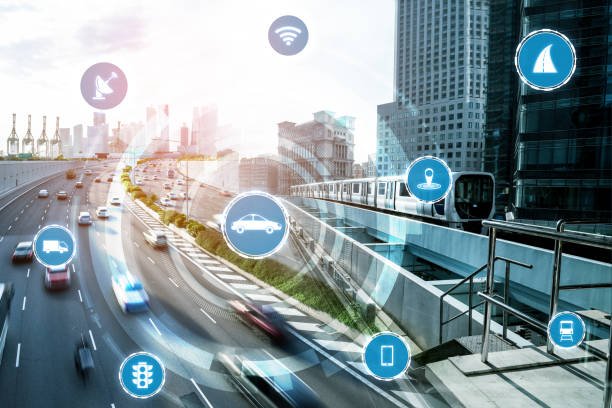Introduction: The realm of public transportation has undergone a transformative evolution fueled by technology advancements. As cities grapple with increasing urbanization and the need for sustainable mobility solutions, innovative technology are playing a crucial role in reshaping the landscape of public transportation. This article explores key developments that are driving the progress of technology in public transit systems.

Smart Ticketing and Contactless Payments of technology:
The shift towards smart ticketing and contactless payment systems has revolutionized the way commuters pay for and access public transportation. Mobile apps, contactless cards, and digital wallets have streamlined the ticketing process, eliminating the need for physical tickets and reducing queuing times at stations. Technology is aiding public transportation systems in monitoring and reducing their environmental impact. Sensors and monitoring systems provide real-time data on air quality and emissions, enabling authorities to implement measures to enhance environmental sustainability.
Real-time tracking and navigation technology have empowered commuters with precise information about the location and arrival times of public transportation services. Mobile apps and digital displays at transit stops provide real-time updates, allowing passengers to plan their journeys more efficiently and reduce waiting times.
Electric and Autonomous Vehicles:
The adoption of electric and autonomous vehicles in public transportation is contributing to environmental sustainability and improved safety. Public transportation agencies are increasingly utilizing data analytics to optimize route planning, scheduling, and resource allocation. Big data analytics help identify trends in commuter behavior, allowing for more informed decisions in optimizing transit systems, enhancing efficiency, and minimizing congestion.Technology is aiding public transportation systems in monitoring and reducing their environmental impact. Sensors and monitoring systems provide real-time data on air quality and emissions, enabling authorities to implement measures to enhance environmental sustainability.
Conclusion: The ongoing developments in technology are reshaping public transportation, making it more efficient, convenient, and sustainable. As cities continue to grow, the integration of smart technology in public transit systems becomes essential for addressing the evolving needs of commuters and ensuring a seamless, interconnected, and environmentally friendly urban mobility experience.